Steps to take how to drive a car with a clutch problem like slipping and when the differential won’t bite! Ask yourself if you can drive a car with a faulty clutch? If you don’t follow these steps to move your car in such emergencies.
The best thing about knowing these steps is there’s a way to move the car without towing. Just be reminded that this skill is SOP for MT cars. Everything relevant to solve simple problems are found at Philkotse.com!
Clutch is slipping or broken
Is the clutch of your car doing fine? If the answer is yes, then you’ve been a good driver without riding the clutch. Should the answer be no, then it means getting issues with clutch slippage and the differential might not be working well!
What to do next if the worst-case scenario happens to the clutch while driving.
The answer is how to drive a manual transmission car with a slipping or broken clutch which is the only option left.
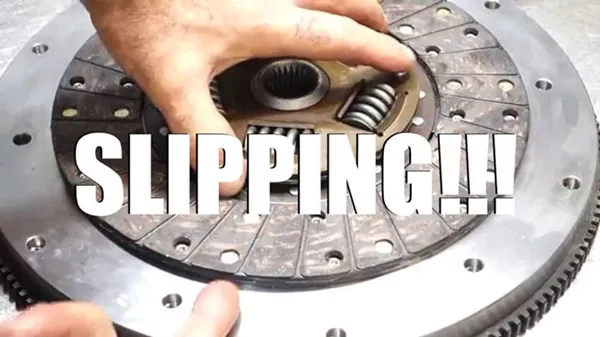
Is the clutch of your car doing fine?
Unless the clutch is worked using the driving method correctly, the only option is towing when forcing it can damage the differential further. Compared to automatic transmission most manual gearboxes can still keep ongoing. When the clutch loses contact totally, there’s nothing else to do.
>>> Read more: Top 9 biggest mistakes when driving a manual transmission car.
At times, the least contact will allow the car to move. Be prepped for a scarred differential to repair later on. Several pointers to get it right and perfect is feeling out the release of the clutch, timing the shifting with throttling of gas!
This is not easy to do when newbies are involved, though experienced drivers may be more effective at this.

The only option is towing when forcing it can damage the differential further
Use the left foot to step on the brake, while the right foot is for the clutch and gas pedal. Timing shifting at the right time and getting the clutch to stick, with maximized clutch disc contact when felt can be difficult!
To make it much clearer and what steps to follow. Here is what should be done sequentially, with some mental practice when it should be needed.
1. Indicators if there is a clutch problem
Look for these indicators that you’re clutch is scrapped and causing difficulty when driving.
- There’s a gap when the car is accelerating which takes a few moments to engage. Slipping clutched have these indicators.
- Look out for any burning smell from under the hood. If you do, then pull over and check it.
- The clutch lets go abruptly while the car is moving.
- Higher rpms mean that more power is needed to shift when moving.
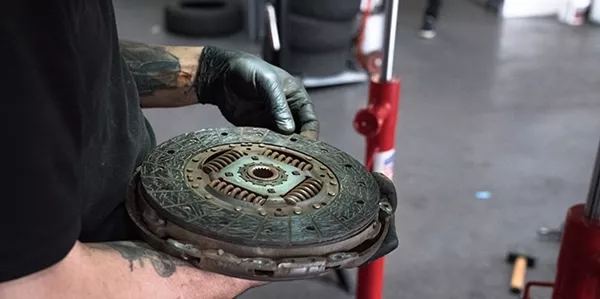
Look for these indicators that you’re clutch is scrapped and causing difficulty when driving
2. Ways to start your car when there is a clutch problem
Start older cars without stepping on the clutch pedal and keep the vehicle in the lowest gear. Timing the turning of the ignition key very right! Keeping it in first gear will make the car surge forward when stepping on the gas. When it moves to keep on pumping, until starts.
Should the car be equipped with a clutch-pedal switch, just push the clutch pedal? Even if the clutch pedal switch isn’t working. Start the ignition to activate the starter, and wait till it starts to move!
If the gear won’t engage, there are some step to follow. First off is to start the engine, next shift to the first gear. This presses against the clutch plate that causes it to move forward already.
Wait and feel out if the gears engage to start moving. It does cause wearing out of synchro’s when it is done. It easy to do, not so complicated.
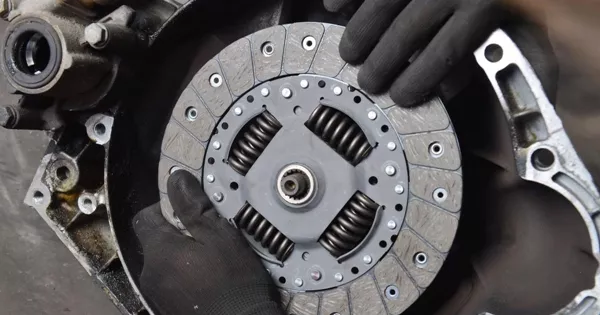
Start older cars without stepping on the clutch pedal and keep the vehicle in the lowest gear
Shifting to a higher gear with no clutch can be done just do these steps.
Step 1: Step on the accelerator to reach a certain speed before the upshift. Feel out the revs and push to a higher gear at the right time.
Step 2: Find the right timing to let go of the throttle and push the shifter to a higher gear. Gain more speed if needed, then shift again!
Step 3: From the first gear; force it to the second. Shift when rpms are getting low, then onto a higher gear asap. Hold the stick until the lowers and gear engages.
Step 4: Keep the rpms high and don’t let go to low! Force the stick into the next gear as needed, when the gear engages the car will lurch.
Step 5: Do the same process while revving down and engaging the gear, rev up then force shift the gear! Till a good enough speed is reached.
>>> Also check: Continuously Variable Transmission (CVT) vs. Dual Clutch Transmission (DCT): Which is better?
3. How to effectively shift down the gear without a clutch
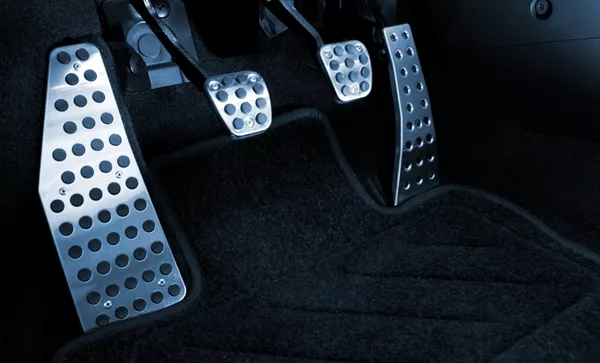
It's time to find out who to effectively shift down the gear without having a clutch
Just in case, you need to control the car without a clutch. It's time to find out who to effectively shift down the gear without having a clutch.
Step 1: Simply pull the stick from the higher gear when you need to downshift anytime. Take your time and wait before pulling out.
Step 2: Rev up to a fast upshift speed which would be 3000 rpms in neutral and go to the next gear, then upshift immediately when it is timed well.
Step 3: If the car is at upshifting speed, all you need to do is let go of the throttle and force the stick into a lower gear.
Step 4: Upon downshifting, give full throttle to engage the stressed differential. Has it checked when you can immediately?
>>> Worth reading: 9 steps to drive a stick shift in manual transmission cars.
4. How to react when the clutch releases
If the clutch is slipping then just keep on stepping on it. While doing this, don’t release and step on the throttle until it feels engaging. Vary the pressure on the clutch while stepping on the throttle.
The time it, when stepping on the brakes and use the handbrake to slow down if needed.
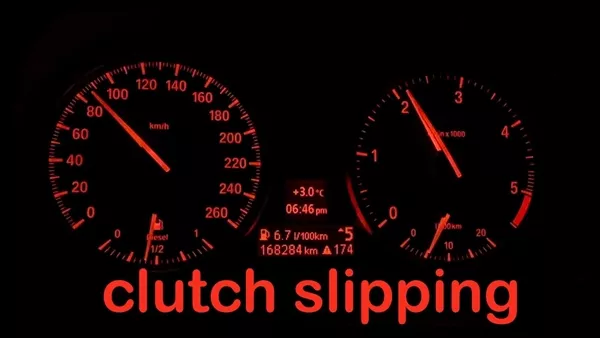
Most cars with manual differentials are built to last and rarely breakdown which is next to impossible
Most cars with manual differentials are built to last and rarely breakdown which is next to impossible. Messing up a manual gearbox will depend on how you drive. Common culprits are riding the clutch or always getting the wrong timing when shifting gears!
When these problems are prevalent, then expect the clutch to wear thin fast and some differential issues too.
Avoid getting immobile or stuck using these steps how to drive a manual transmission car with a slipping or broken clutch should it happen.
Recent posts
- How to troubleshoot a failing transmission Aug 16, 2022
- The ins & outs of car transmission and drivetrain Jan 31, 2019
- Traffic in the Philippines & your automatic transmission Mar 11, 2021
- Top 6 manual transmission equipped cars you would love to drive Nov 08, 2022
- Here are the 8 best automatic transmission vehicles in our country Mar 30, 2021











